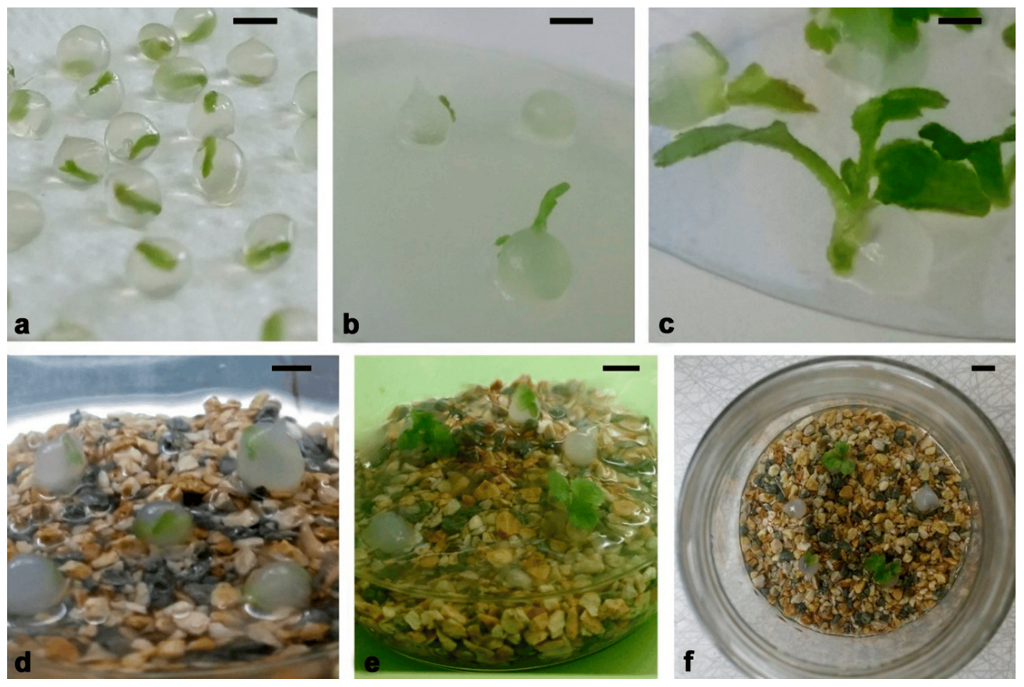Chrysanthemums, often called mums, are beloved fall favorites, bringing vibrant pops of color to gardens with their cheerful blooms. But did you know you can extend their beauty beyond the season by saving seeds for next year’s display? This guide delves into the process of collecting chrysanthemum seeds, empowering home gardeners of all levels to cultivate their vibrant blooms.
Understanding Chrysanthemum Seed Production
Not all chrysanthemum varieties readily produce viable seeds. Many commercially available mums are hybrids, bred for specific flower sizes, colors, or forms. These hybrids might be sterile or produce seeds that won’t grow into true replicas of the parent plant.
However, open-pollinated heirloom chrysanthemum varieties readily produce seeds that will faithfully reproduce the parent plant’s characteristics. If you’re unsure about your chrysanthemum’s variety, here are some clues:
-
Heirloom Varieties: Look for seeds or plants labeled as “open-pollinated” or “heirloom.” These varieties are more likely to produce viable seeds.
-
Single Blooms: Single chrysanthemums with daisy-like flowers tend to produce seeds more readily than double or densely-petaled varieties.
Preparing for Seed Collection
Before the blooms fade completely, take some steps to prepare for successful seed collection:
-
Identify Seed Heads: As the chrysanthemum flower matures, the central disc of florets will turn brown and dry. This drying disc signifies the seed head’s development.
-
Choose Healthy Blooms: Select healthy, disease-free flowers for seed collection. Avoid seed heads with signs of insect damage or fungal diseases.
-
Thinning for Airflow: If your chrysanthemum plants are bushy, consider thinning some surrounding stems to improve air circulation around the seed heads. This helps prevent moisture buildup and reduces the risk of mold or rot.
Collecting Chrysanthemum Seeds: A Step-by-Step Guide
Once the seed head has fully dried and turned brown, it’s time to collect the seeds. Here’s how:
-
Monitor the Seed Head: Keep a close eye on the drying seed head. You want to collect the seeds before they completely shatter and disperse on their own. Watch for the outer bracts (modified leaves) surrounding the disc to begin drying and cracking.
-
Paper Bag Method: The simplest method involves placing a paper bag over the seed head before it completely disintegrates. Secure the bag around the stem with a twist tie or string. Gently shake the seed head to dislodge some loose seeds. Continue shaking periodically over a few days as the remaining seeds mature and fall.
-
Newspaper Method: Spread a sheet of newspaper under the seed head. As the seeds mature and fall naturally, they’ll be collected in the newspaper for easy gathering.
-
Hand-Collecting (Optional): If the seed head seems brittle, you can carefully hand-pick the individual seeds once they’ve reached a dry and firm stage.
Processing and Storing Chrysanthemum Seeds
Once you’ve collected the seeds, here’s how to process and store them for future use:
-
Separate Seeds from Debris: Spread the collected seeds on a clean tray or paper towel. Gently remove any plant material or chaff that might be mixed in with the seeds.
-
Drying (Optional): If the seeds seem slightly moist, spread them out in a single layer in a cool, well-ventilated area for a few days to ensure complete drying. Avoid direct sunlight.
-
Storing the Seeds: Place the dried seeds in a labeled airtight container, like a sealed envelope or a glass jar with a tight-fitting lid. Label the container with the variety name and the date of collection.
-
Storage Location: Store the seed container in a cool, dark, and dry location. Ideal storage temperatures are between 40°F and 50°F (4°C and 10°C). A refrigerator (not the crisper drawer) can be a suitable option.

Planting Your Saved Seeds
Come spring, you’re ready to plant your saved chrysanthemum seeds! Here’s a quick overview:
-
Sowing Time: Sow the seeds indoors about 6-8 weeks before the last frost date in your area. Use a sterile seed starting mix and provide adequate light and moisture.
-
Germination: Seeds should germinate within 1-2 weeks. Once seedlings establish a few sets of true leaves, transplant them into individual pots or your outdoor garden.
-
Blooming: Depending on the variety, your chrysanthemums might bloom in late summer or fall of the same year or the following year.
Additional Tips for Success
- Pollination: If you have multiple open-pollinated chrysanthemum varieties blooming at the same time, consider gently brushing the flowers together to encourage cross-pollination, potentially leading to a wider variety of colors and characteristics in your seedlings.
-
Succession Sowing: Sow chrysanthemum seeds at staggered intervals throughout the spring to extend your blooming season and enjoy a continuous display of colors throughout fall.
-
Managing Seed Germination: Chrysanthemum seeds can benefit from a period of cold stratification, which mimics winter conditions and can improve germination rates. Place the seeds in a sealed container with moist (not soggy) sand or potting mix and refrigerate them for 4-6 weeks before sowing.
-
Dealing with Hybrids: If you’re unsure about your chrysanthemum variety, you can still collect the seeds for a fun experiment. While the resulting plants might not be identical to the parent plant, you might be surprised by the unique variations and colors that emerge.
Related: HOW TALL ARE GARDEN FENCES
Conclusion
Collecting seeds from your chrysanthemum flowers is a rewarding way to propagate your favorite blooms and expand your garden’s color palette. By following these steps and tips, you can successfully harvest, store, and plant your chrysanthemum seeds, ensuring a vibrant display of these cheerful flowers for years to come. Remember, gardening is a journey of exploration and discovery. Embrace the element of surprise that comes with growing plants from seeds, and enjoy the satisfaction of cultivating your beautiful chrysanthemums.











